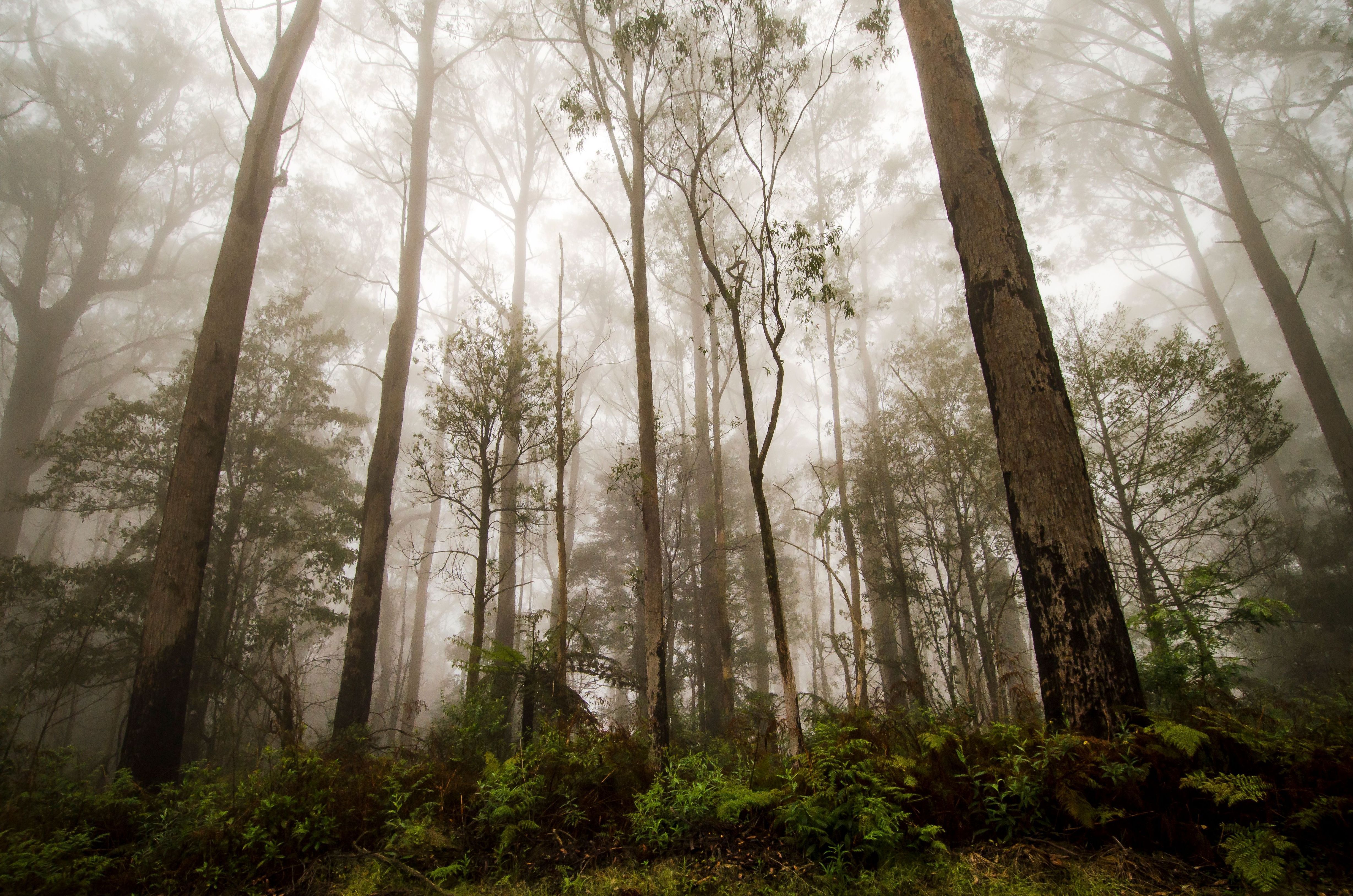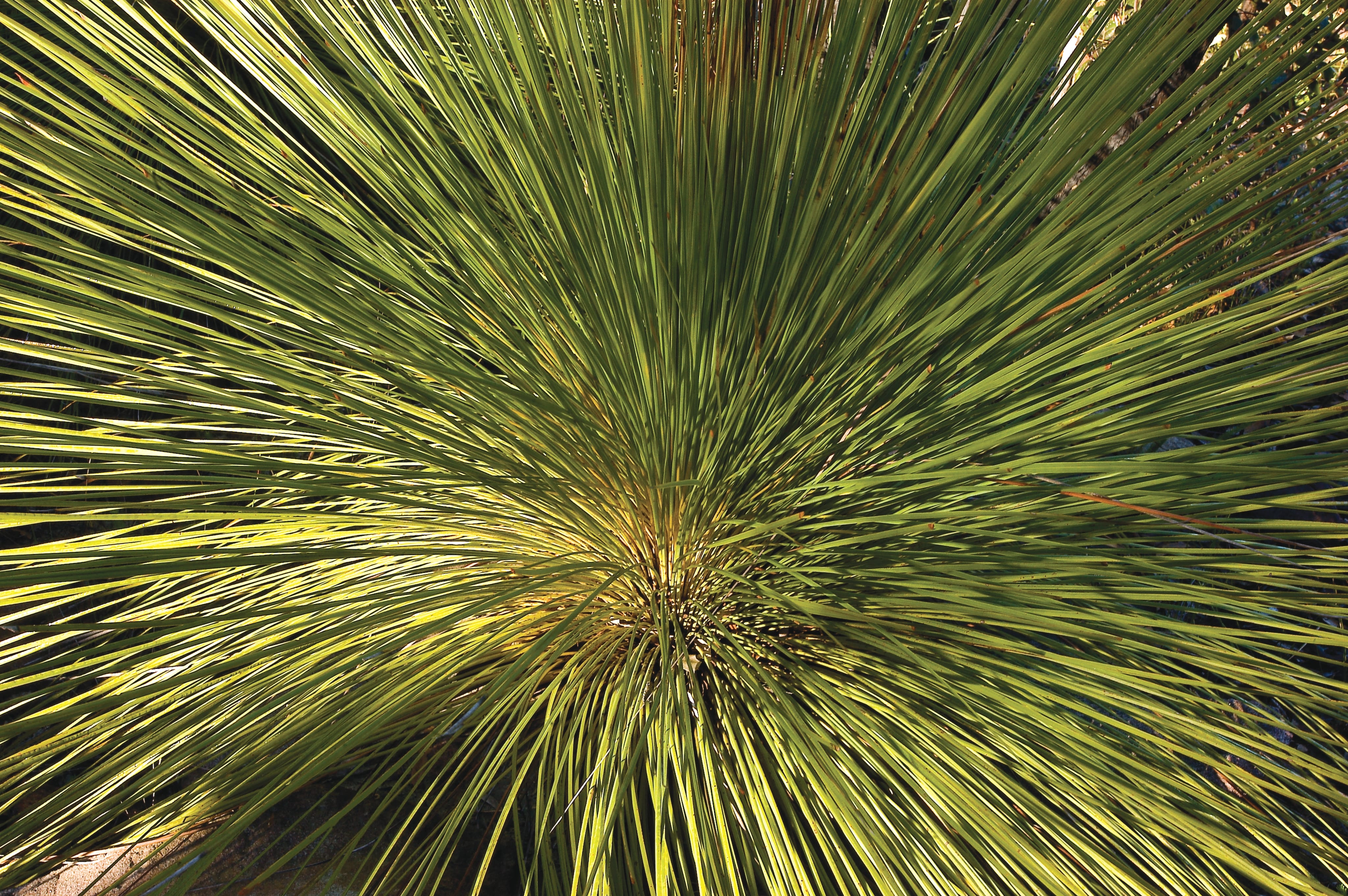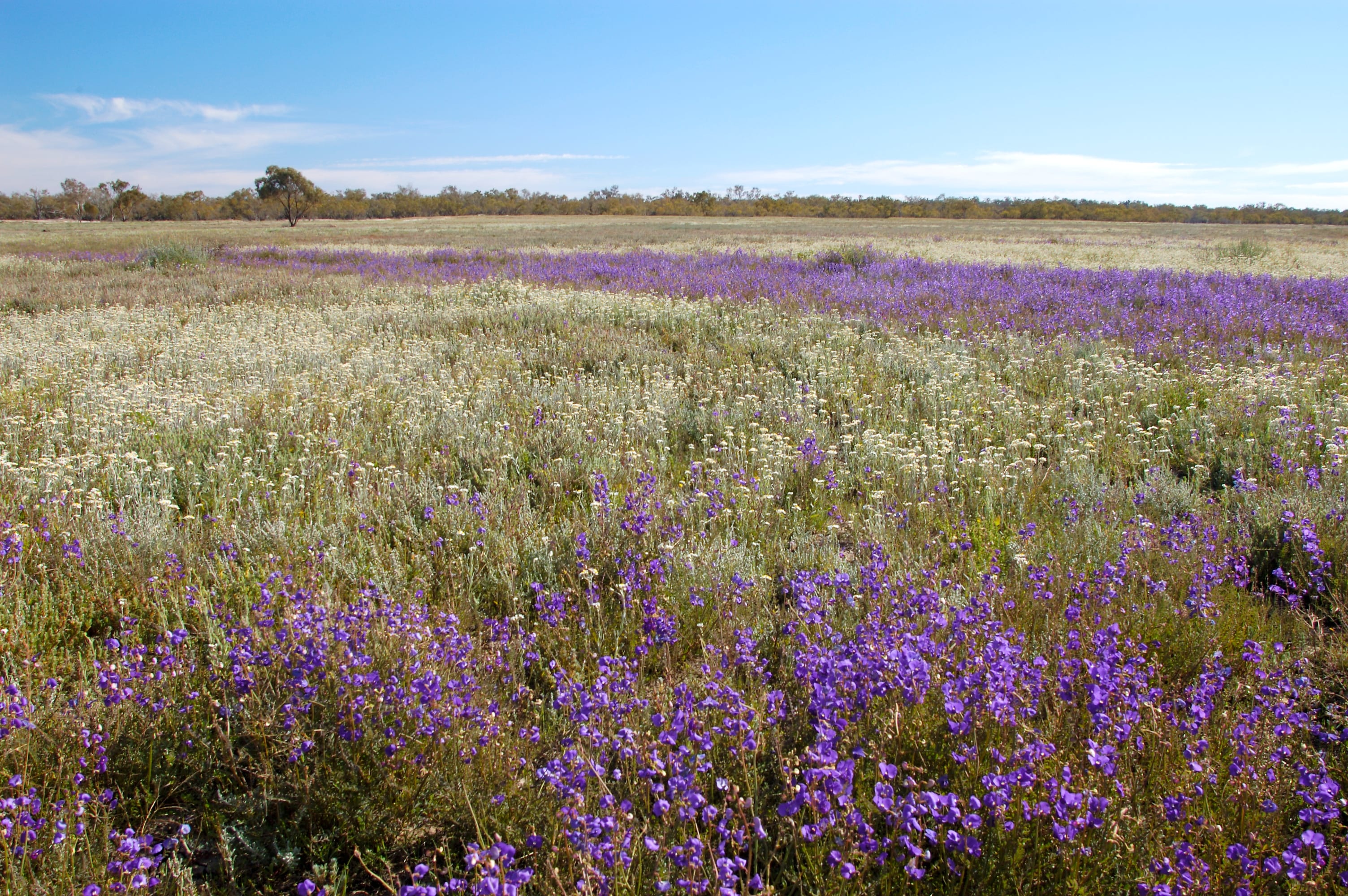The department has adopted a bioregional approach to conserving much of our biodiversity, in response to the need to work with large geographic scales and biological cycles to plan and achieve biodiversity conservation.



The department has adopted a bioregional approach to conserving much of our biodiversity, in response to the need to work with large geographic scales and biological cycles to plan and achieve biodiversity conservation.


